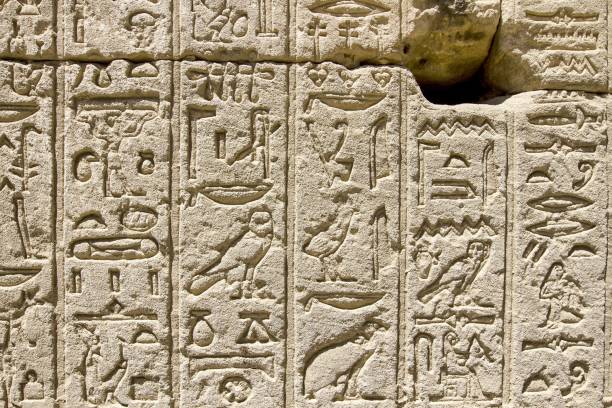The Words of the Gods: Deciphering Ancient Egyptian Language
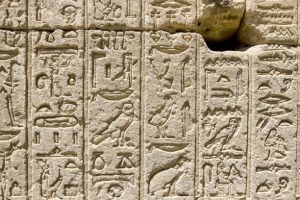
Ancient Egypt’s Divisions and Location
In ancient times, Egypt was divided into two main regions: the North (the Delta or Lower Egypt), which comprised 20 provinces, and the South (Upper Egypt), consisting of 22 provinces, making a total of 42 provinces.
Current Location
Egypt is situated in the northeastern corner of the African continent. It is bordered by Palestine (Israel and the Gaza Strip) to the northeast, Libya to the west, and Sudan to the south. The Mediterranean Sea lies to the north. The Nile River is the lifeblood of Egypt, nearly 95% of the population residing along its banks.. The remaining 6% of the land is desert, divided into the Eastern and Western Deserts. As of 2024, Egypt’s population is approximately 110 million.
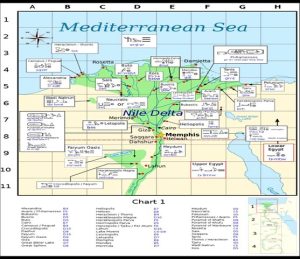
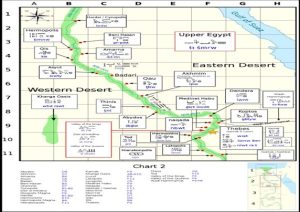
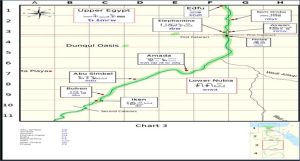
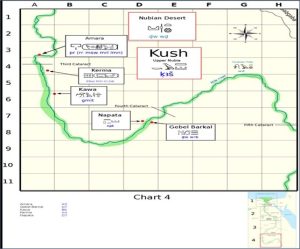
Champollion and the Deciphering of Ancient Egyptian
During Napoleon Bonaparte’s campaign in Egypt in 1799, a French officer named Bouchard discovered a stone tablet (known as the Rosetta Stone) inscribed with three scripts: hieroglyphics, demotic, and Greek. A significant portion of the hieroglyphic script was damaged, and only a small part of the Greek text remained. The priests intended to record this decree honoring the Ptolemaic king (Ptolemy V Epiphanes, 196 B.C) in hieroglyphics, the everyday script of the period, as well as in demotic, which was the popular script at that time. They also included the Greek script, the language used by the Ptolemaic rulers who occupied Egypt. The Rosetta Stone is now housed in the British Museum, although there are copy in Cairo. The reason for its presence in the British Museum is due to the war between Britain and France in Egypt in 1802. The British emerged victorious and took many artifacts, most notably the Rosetta Stone
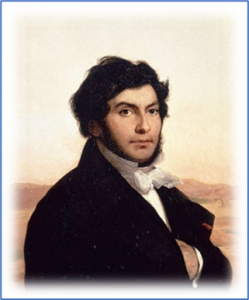
How Champollion Deciphered the Rosetta Stone
Champollion, a French scholar, played a pivotal role in deciphering the hieroglyphs on the Rosetta Stone. He made significant headway in his research after learning Coptic, the language of the ancient Egyptians, from a Coptic priest named Youhanna al-Shiftishi who had come to France in 1802. Champollion noticed similarities between the hieroglyphic names of Cleopatra and Ptolemy and their Coptic equivalents. This comparison led him to understand the nature of ancient Egyptian language. By 1822, he had successfully deciphered the Rosetta Stone and gained a comprehensive understanding of ancient Egyptian hieroglyphs. In 1820, Champollion traveled to Egypt and continued his research in the Valley of the Kings. He sent a letter to King Philip V of France requesting permission to bring an obelisk from the Temple of Karnak to Paris. In response, Philip V sent Muhammad Ali a sundial, which is now displayed in the Mohammed’s Citadel in Cairo. In exchange, Muhammad Ali granted the French king the obelisk, which is now located in the Place de la Concorde in Paris. Champollion passed away in 1832 at the age of 41.
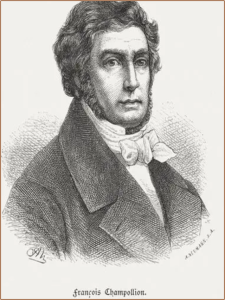
Portrait of Champollion (on the right) during his trip to Egypt
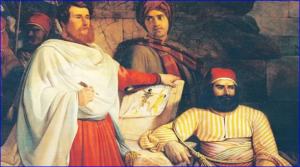
Names of Egypt
Egyptian Term: kmt English Translation: The Black Land Description: Refers to the fertile, dark soil along the Nile River, often associated with Egypt as a whole. Egyptian Term: dSrt English Translation: The Red Land Description: Refers to the desert, particularly the desert regions surrounding Egypt. Egyptian Term: tAwy English Translation: The Two Lands Description: Represents Upper Egypt and Lower Egypt, the two traditional divisions of ancient Egypt. Egyptian Term: idbwy English Translation: The Two Banks Description: Refers to the eastern and western banks of the Nile River. Egyptian Term: tA-mHw English Translation: Land of the North Description: Often associated with the Delta region of Egypt and the Mediterranean Sea. Egyptian Term: tA-Smaw English Translation: Land of the South Description: Refers to Upper Egypt, the southern part of ancient Egypt. Egyptian Term: mry English Translation: Land of the Black Earth Description: Another term for the fertile land of the Nile Valley. Egyptian Term: Hwt-kA ptH English Translation: Temple of Ptah Description: Refers to the temple dedicated to the god Ptah, located in Memphis. Egyptian Term: mDr English Translation: The Fortress or Enclosed City Description: Often associated with Memphis, the ancient capital of Egypt. Egyptian Term: irt Ra English Translation: Eye of Ra Description: Refers to a sacred spring or pool associated with the sun god Ra. Egyptian Term: WDAt English Translation: Eye of Horus Description: Another sacred spring or pool, associated with the god Horus. Egyptian Term: tA pr aA English Translation: Land of the Pharaoh Description: Refers to the land ruled by the pharaoh. Egyptian Term: pA tA English Translation: The Land Description: A general term for the land of Egypt. Egyptian Term: irty English Translation: The Two Enclosures Description: Refers to the temples of Upper and Lower Egypt. Egyptian Term: mn nfr English Translation: The Beautiful Monument Description: Often associated with the city of Memphis and its impressive monuments.
The Ancient Egyptian Language
The ancient Egyptians referred to their writing as the picture below or “rA nkmt,” which translates to “the voice of Egypt.” This writing system was expressed using four different scripts: hieroglyphics, hieratic, demotic, and Coptic.

Hieroglyphics
was considered the “sacred script,” with the term “hieroglyphics” deriving from the Greek words “hieros” meaning “sacred” and “glyphos” meaning “carving.” Hieroglyphics could be written from right to left, left to right, top to bottom, or bottom to top
some ancient Egyptian words that are still used in Europe today
Hi: This hieroglyph represents the sound of the letter “hAy” in ancient Egyptian. kmt: The word “kmt” was used to refer to Egypt as a whole and has both religious and geographical connotations. Deity: There were many different deities in ancient Egypt, and the word “deity” can refer to any of them (from “di”). Papyrus: Papyrus was very important to ancient Egyptian civilization, as it was used for writing and record-keeping (from “pA pr aA”). Pharaoh: Pharaohs were the rulers of ancient Egypt and were considered to be gods on Earth. Happy: Derived from Hapi, the name of the Nile god in ancient Egypt, as the Nile was the source of happiness.

